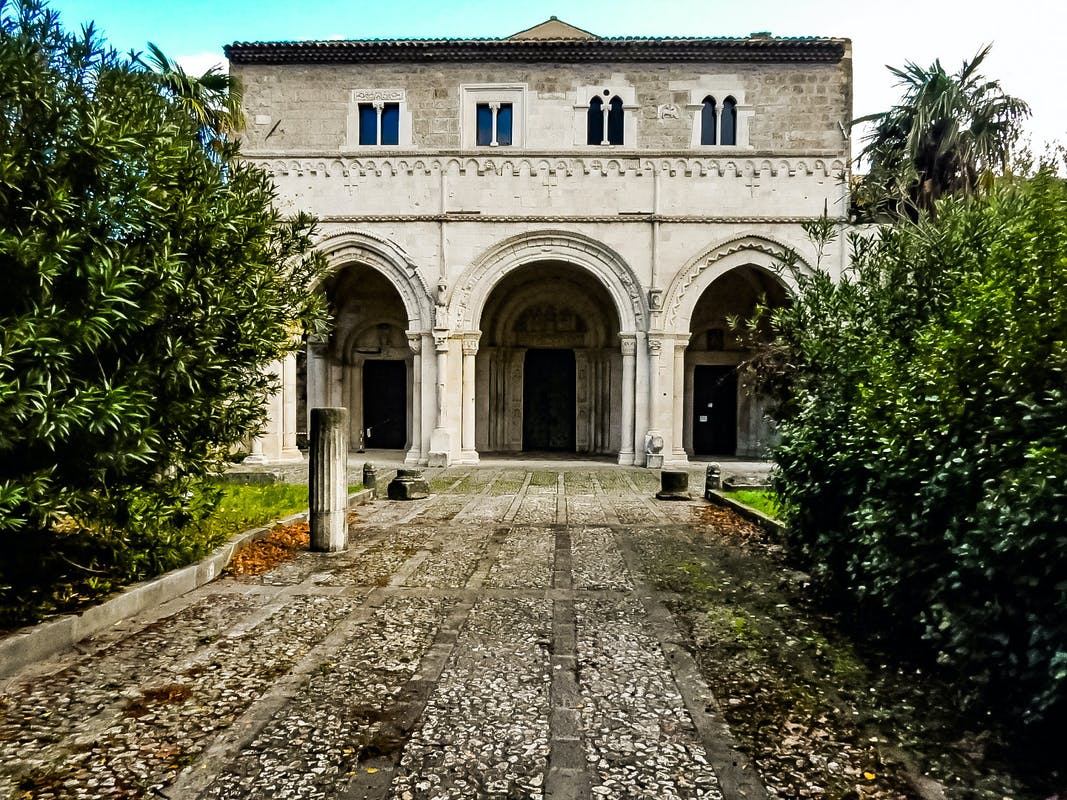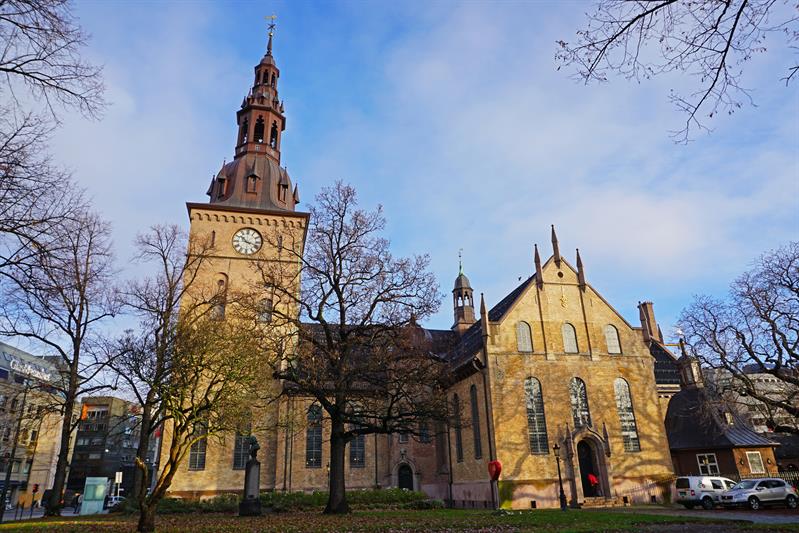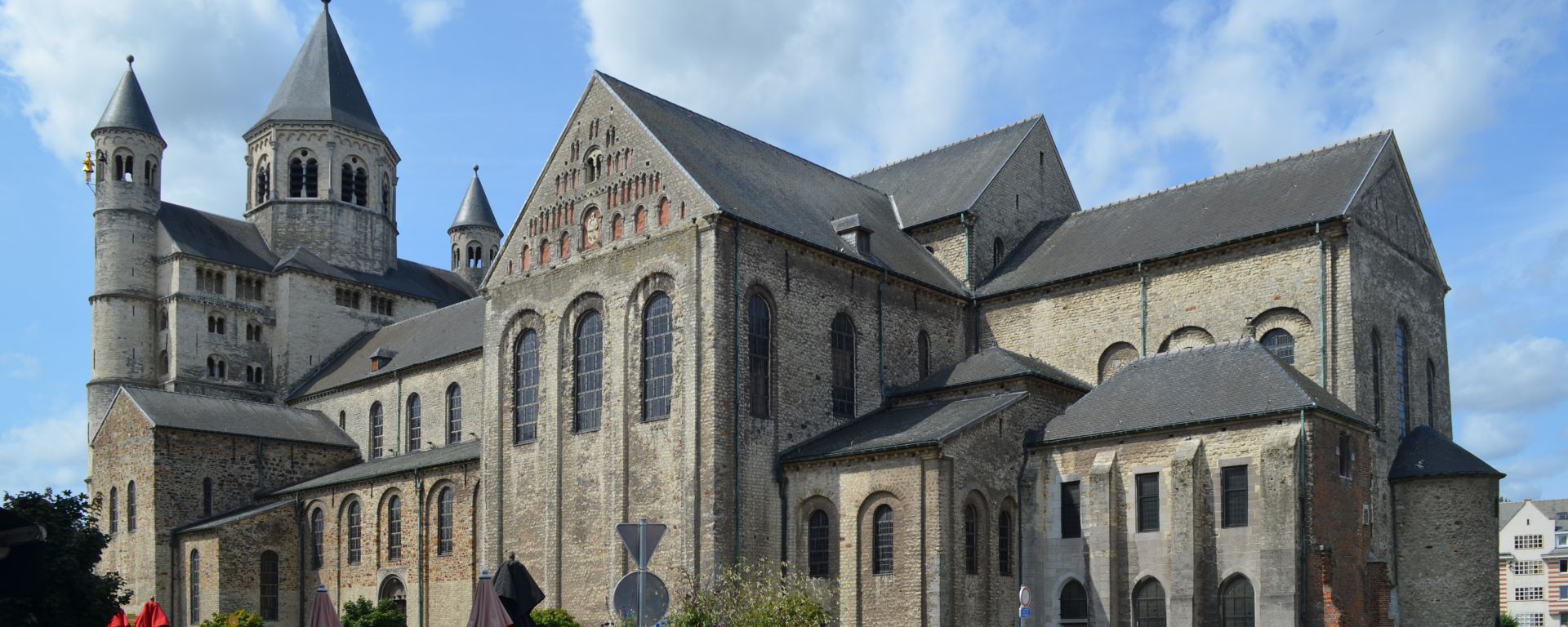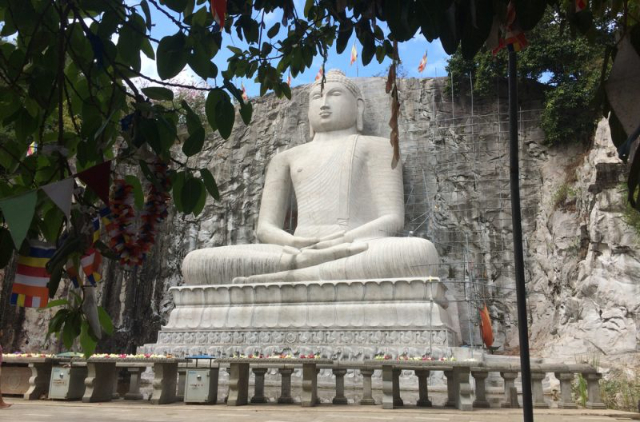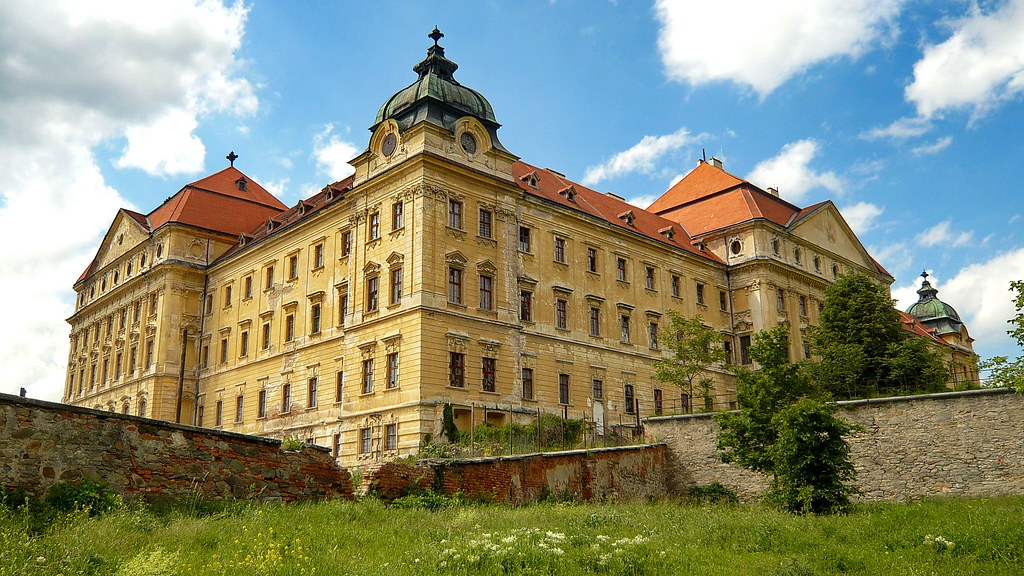Among the most beautiful medieval monuments in Abruzzo, the Benedictine Abbey of San Clemente a Casauria was built along the ancient route of the Via Claudio-Valeria.
According to the Chronicon Casauriensis; manuscript compiled around the second half of the 12th century by the monk Giovanni di Berardo, on behalf of the Abbot Leonate, the foundation dates back to September 871. The choice of the site, near the river Pescara, between the Duchy of Spoleto in the North and the Duchy of Benevento in the South, in a position favorable to the control of an area that will be subjected to the process of encashment from the second half of the tenth century, is linked to strategic and politico-military issues.
The chronicle, in addition to the description of the place, reports the main events experienced by the monastery: the initial dedication to the Holy Trinity; the subsequent transfer of the relics of St. Clement from Rome granted by Pope Adrian II; the Saracen invasions occurred between 915 and 920; the passage under papal jurisdiction; the advent of the Normans and the restoration work on the complex between the 11th and 12th centuries commissioned by the Benedictine abbots Grimoaldo and Leonate.
This succession of events highlights the "political" importance assumed by the Abbey of San Clemente a Casauria, comparable to that of other well-known monastic centres in central Italy, such as Montecassino, San Vincenzo al Volturno, Farfa, Subiaco.
The façade of the church is preceded by a portico with three arches supported by columns with historiated capitals. Of the three access doors, the central bronze portal, decorated with 72 figured panels and accompanied by a rich sculptural apparatus characterising the lunette, the architrave and the jambs, is of greater interest: the bas-reliefs describe the foundation, the donation and the history of the abbey in accordance with what is described in the Chronicon.
The building shows a plan articulated in three naves separated by ogival arcades on pillars, which lead to a raised transept with a single semicircular apse. The crypt is accessible thanks to two staircases placed at the ends of the aisles. Of considerable importance for the history of medieval art in Abruzzo are the finely carved religious furnishings that stand out inside the church: the pulpit and the Easter candle along the main nave and the ciborium at the bottom of the apse. There is also a marble reliquary containing the remains of Saint Clement near the ciborium.
At the Abbey of San Clemente a Casauria it is possible to visit the Antiquarium dedicated to the intellectual Pier Luigi Calore, known for his research activities carried out in the territory of Abruzzo at the turn of the nineteenth and twentieth centuries. Inside the Antiquarium there are remarkable archaeological and medieval evidences.
Please note: In case of bad weather conditions the Abbey may be closed. It is therefore advisable to check by phone before your visi
